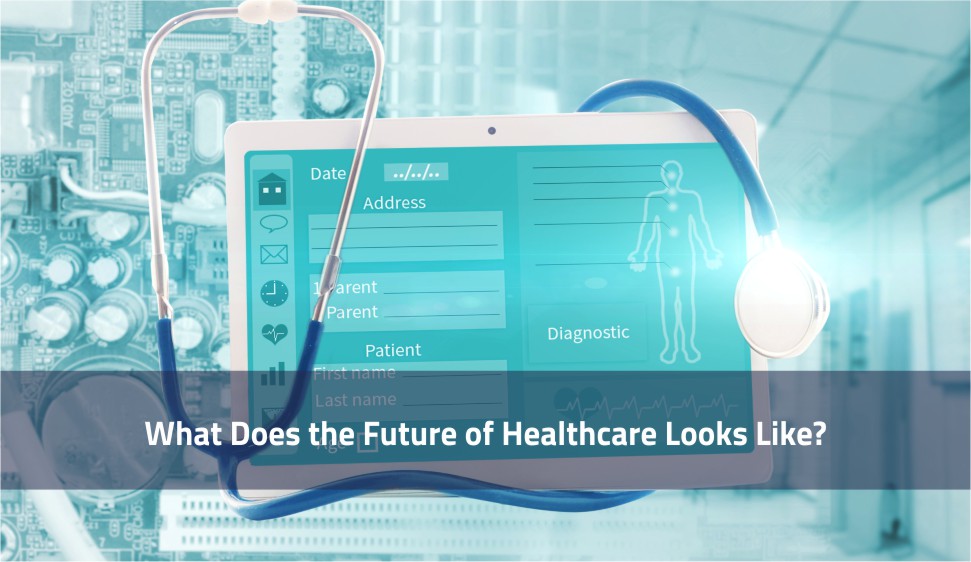- Company
- Press Center
- What Does the Future of Healthcare Looks Like?
BLOG
2022.08.02
What Does the Future of Healthcare Looks Like?
SHARE


Imagine having a 24/7 personal health secretary, keeping track of your vitals and health status, reminding you of any recessive body abnormality, scheduling appointments with doctors, and delivering your medications to your doorways. These scenarios that sound like a fantasy decades ago are now gradually being realized and become familiar.
Reductions in fertility rates and increasing life expectancy have led many countries to the challenge of an aging society and rocketing clinical demands. To put fuel on the fire, the pandemic in recent years has brought clinical staffing shortages ahead of its arrival. As a result, a digital doorway to medical healthcare methods is created, along with dramatically accelerated use of e-health (electronic health), telehealth, and telemedicine.
Key trends driving the future of digital healthcare
1. Telehealth assistance - Healthcare anytime, anywhere
The covid-19 pandemic boosts the development of telehealth, allowing underserved patients to get the help they need via telephone or webcams, and has become an essential part of the healthcare industry. Now you can access various medical apps that help you make online reservations and get consultations without leaving your home.
2. Artificial Intelligence in healthcare
Artificial intelligence (AI) confirms its importance to the future of health care during a pandemic. From predicting the global spread of COVID-19 to examining the effects of viruses on physical and mental health, AI will improve the efficiency of analyzing global medical data.
3. IoMT and its Wearables
Internet of Medical Things (IoMT) solutions and wearables are one of the most popular trends in telemedicine services. More and more patients are now willing to share their medical data to reach predictive protection and potential best health status. The data collected by edge medical gadgets and devices helps accelerate inclusivity in healthcare to improve the health of one and the entire population.
4. Augmented reality and virtual reality
Augmented reality (AR) and virtual reality (VR) are not only vague buzzwords in medicine but also effective educational and surgical visualization solutions to relax patients and accelerate physiotherapy recovery. For instance, VR helps surgeons plan and perform complicated surgeries and ease patient discomfort with several options besides prescriptions. With VR goggles, Surgeons can practice rare and complex clinical cases that are reproduced and simulated.
“Do clinicians have faith in the future of digital healthcare technology?”
The answer must be “yes” if we scale healthcare sustainably. The market trend and new technologies show that the healthcare industry is on the right path.
Read also:
Cervoz' Storage Solutions for Telemedicine
More about Cervoz High-Capacity Storages
Learn more about Cervoz LDPC ECC Engine
“Do clinicians have faith in the future of digital healthcare technology?”
The answer must be “yes” if we scale healthcare sustainably. The market trend and new technologies show that the healthcare industry is on the right path.
Read also:
Cervoz' Storage Solutions for Telemedicine
More about Cervoz High-Capacity Storages
Learn more about Cervoz LDPC ECC Engine

